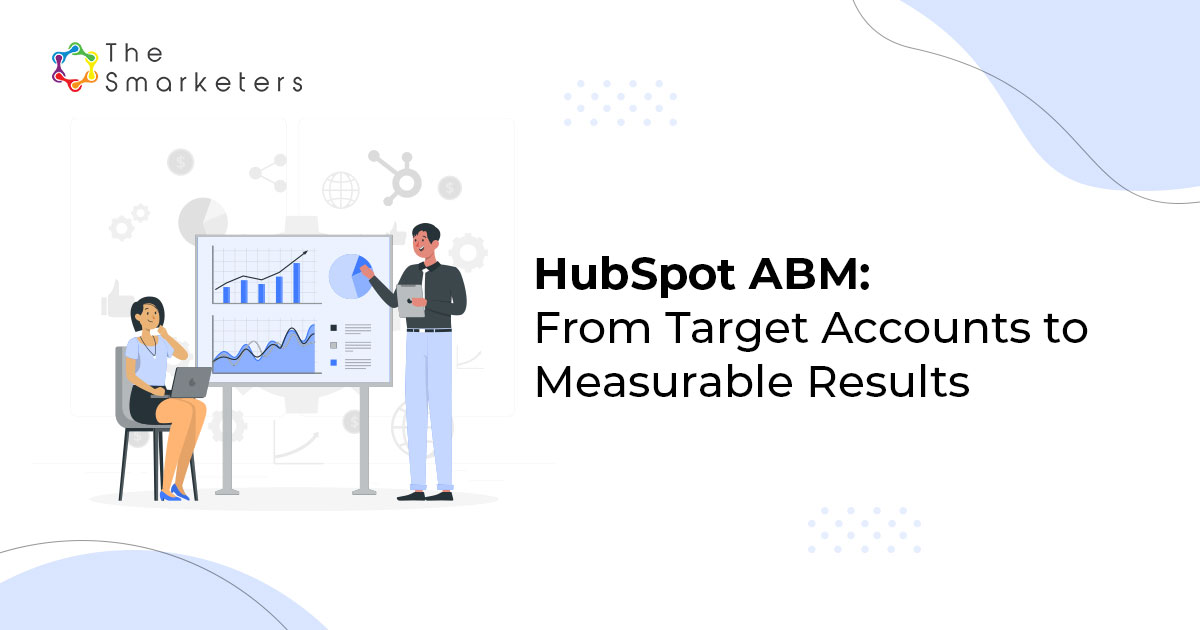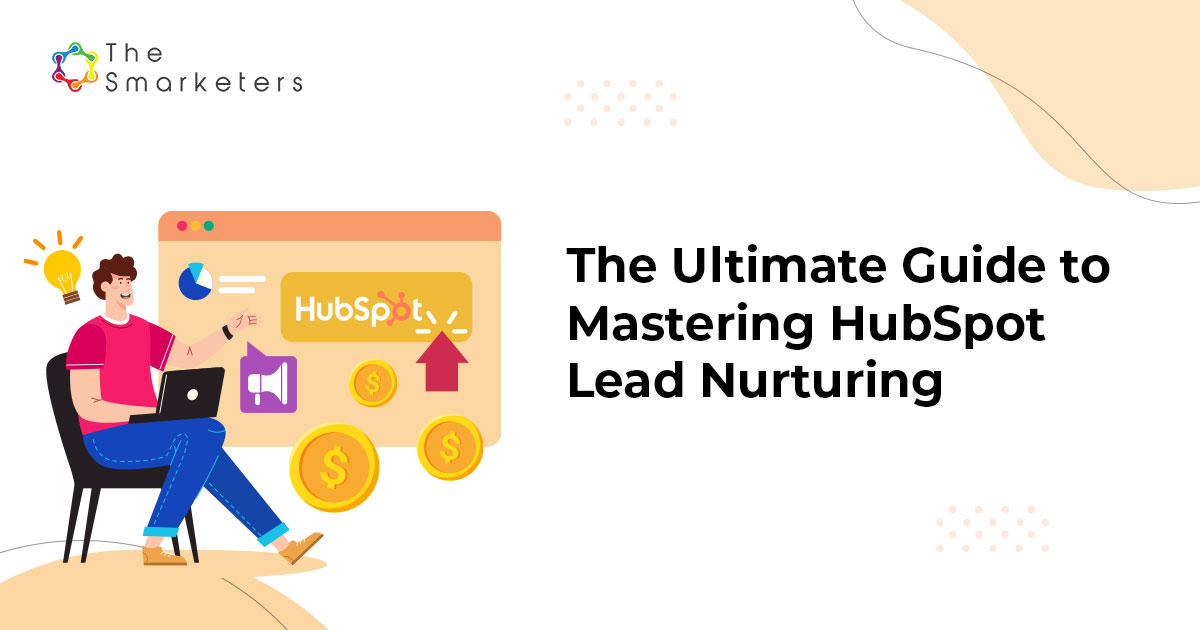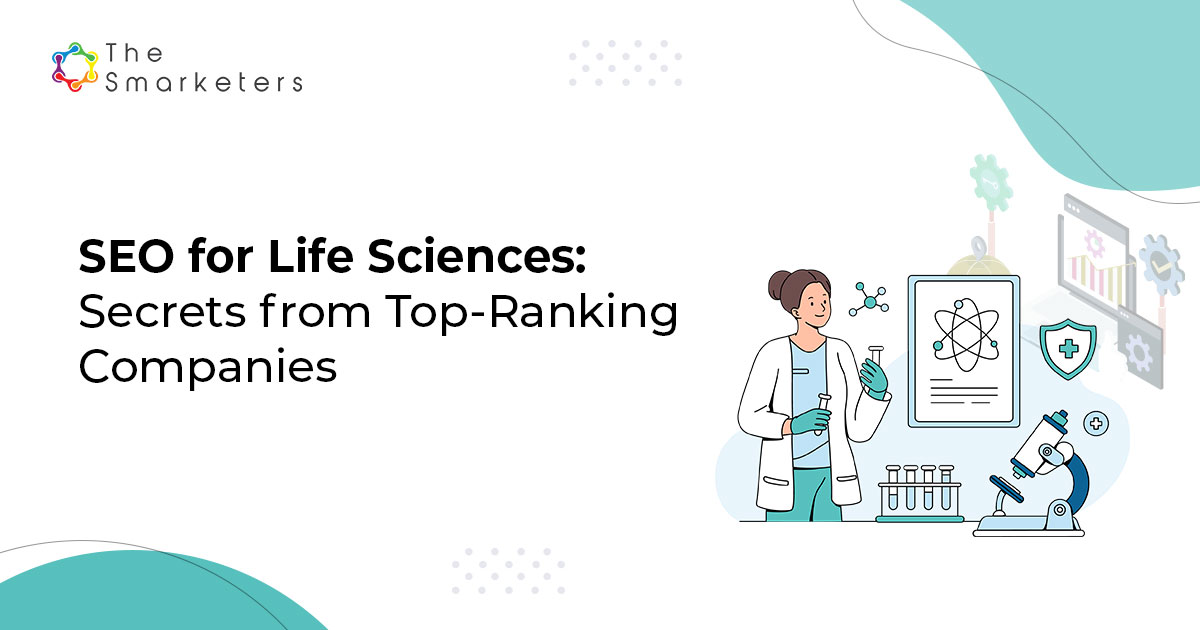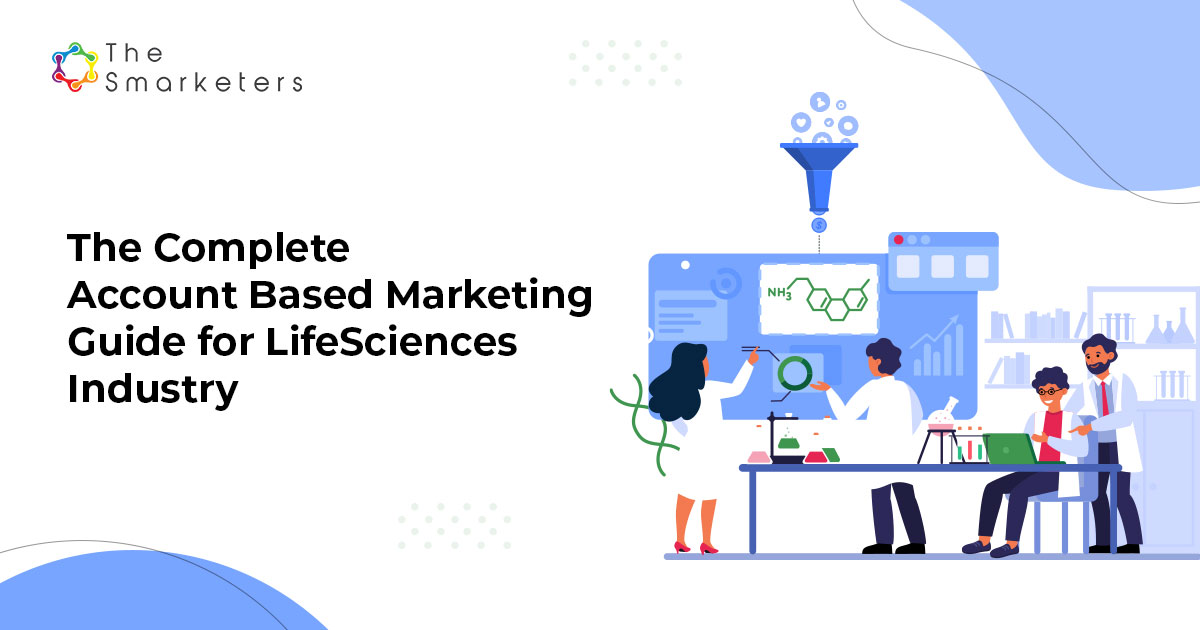Account-based marketing is becoming a strategic approach for marketers to find, engage and nurture decision-makers at predefined accounts. Since this technique has continuously proven to be extremely effective, it is gaining its way into B2B marketing plans everywhere.
The approach of ABM is efficiency and effectiveness. It reduces the amount of time and resources marketers spend engaging with less-valuable audiences and focuses on target-specific, verified accounts.
According to a SiriusDecisions study, 92% of companies recognize the value in ABM, going as far as calling it a B2B marketing must-have. However, ABM is only a clever strategy when done right – with the right targeting, and data including tools in place to manage and scale results.
If you’re a B2B marketer and ready for the kind of solid information that can get you started on your ABM journey, you’re in the right place.
What’s holding you back?
As the B2B buying cycle has become more complex, the number of challenges B2B marketers face has grown. Here are some possible reasons that are holding you back:
- You’re attracting the wrong audience: According to Demandbase, 82% of B2B website visitors are not potential customers. Unlike consumer marketers who have millions of potential customers, B2B marketers have a limited number of potential buyers.
- Your prospects aren’t engaging with the right content: According to Marketo, 60% of website visitors bounce without interaction after one page. Having the right content for the right visitors allows you to influence the decision early on, even before your prospects fill out a form.
- You’re having trouble producing quality leads: According to MarketingSherpa, 79% of marketing leads never convert into sales. With an increased focus on leads, we’ve traded quality for quantity. It’s easy to lose sight of the fact that leads do not automatically equal revenue, especially when Sales are always asking for more.
The fact is, these challenges don’t just affect your marketing team, but also bleed into your sales team. As a result, many marketers are adopting an ABM approach to address these challenges.
Why ABM is the right fit for B2B marketers
The best part of ABM is that it doesn’t just point out one or two of your challenges, but solves the challenges across the entire customer journey.
Here are some of the reasons why ABM is the right fit for your business:
Align Sales and Marketing
ABM is a collaborative attempt between Sales and Marketing. Rather than individuals, by shifting the focus to accounts, It bridges the gap between Sales and Marketing, which allows you to focus your strategic efforts on a specific list of target companies.
Focused Marketing and Sales Strategy
“Spray and Pray” campaigns aren’t as effective for B2B as B2C. This is because B2B marketers have a confined number of potential buyers. With ABM, marketers can focus their efforts on targeted and proven accounts.
Precise, Holistic Measurement
Implementing an ABM strategy requires moving away from traditional metrics and concentrating on account data. Measuring accounts enables marketers to be active owners of the revenue chain.
Market Prior to a Form Fill
With an account-based marketing strategy, marketers can identify unknown visitors and know what company they are from. This needs an investment in the right tech, but it allows you to center on the visitors that matter the most.
Highly Qualified MQLs (Marketing Qualified Leads) & SQLs (Sales Qualified Leads)
Most Marketers tend to run coating campaigns based on hope and chance rather than on logic and strategy. With Account-Based Marketing, campaigns can be hyper-targeted toward your account list, which ensures that the leads generated are of the highest quality
Optimal Customer Experience
With Account-based marketing, decision-makers at distinct companies receive relevant messages and content at the right time. They get the consideration they need to move through the funnel.ABM also plays an integral role in customer retention and helps with cross-selling and upselling.
 How ABM can drive your B2B marketing
How ABM can drive your B2B marketing
While there are different ways you can build out your ABM strategy, the basic tenants are quite simple and can be implemented into your organization right away.
You can address ABM from a high-level perspective—broadly classifying companies you’d like to see convert into customers or go granular and focus your efforts on understanding the common attributes your customers share.
Once you get the key fundamentals of ABM across the funnel, getting started, making progress, and measuring results become more accessible.
Identify
The first step for executing an ABM strategy is to develop your target account list – the companies you want to market to, which can be:
- Leveraging their record of named accounts, which include verticals and strategic accounts
- Assessing their current customer base
- Segmenting customers based on a set of characteristics such as industry, company size, and annual revenue
This requires working with your sales team to identify and agree on a list of key accounts. This list is usually made up of attributes such as industry, revenue, geographic type, and account status, which includes both prospects and customers.
Market
After having your list of targeted accounts, it’s time to build marketing programs that focus on accounts and lead them through the funnel. Focus on your target accounts by running display advertising campaigns and other tops of the funnel campaigns to the accounts on your list.
Create content that speaks to the companies on your list and serves it to them automatically. Gain relevant buying signals from your target accounts early in the buying process.
Measure
The final step of this approach is measuring your campaign. The customer lifecycle is an endless circle and so is your ABM strategy. As you go through the different stages, your data will impact decisions – including iterations and tweaks to both your outbound efforts and content.
Measurement should be done at every stage of the funnel and metrics are important to B2B rather than traditional metrics. As you do this, you understand that ABM is more than a best-practice for the marketing team, it’s an important principle that should impact operations across your organization.
Conclusion
Abandon the notion that you should reach as many people as possible. With all these strategies and technology at your disposal, there’s certainly no better time than now to start experimenting with ABM, so you can see for yourself the incredible improvement that this technique will bring to your B2B marketing campaigns.
Nevertheless, keep in mind that the responsibility is still on you to create innovative, personalized marketing campaigns in order to achieve maximum efficacy.













